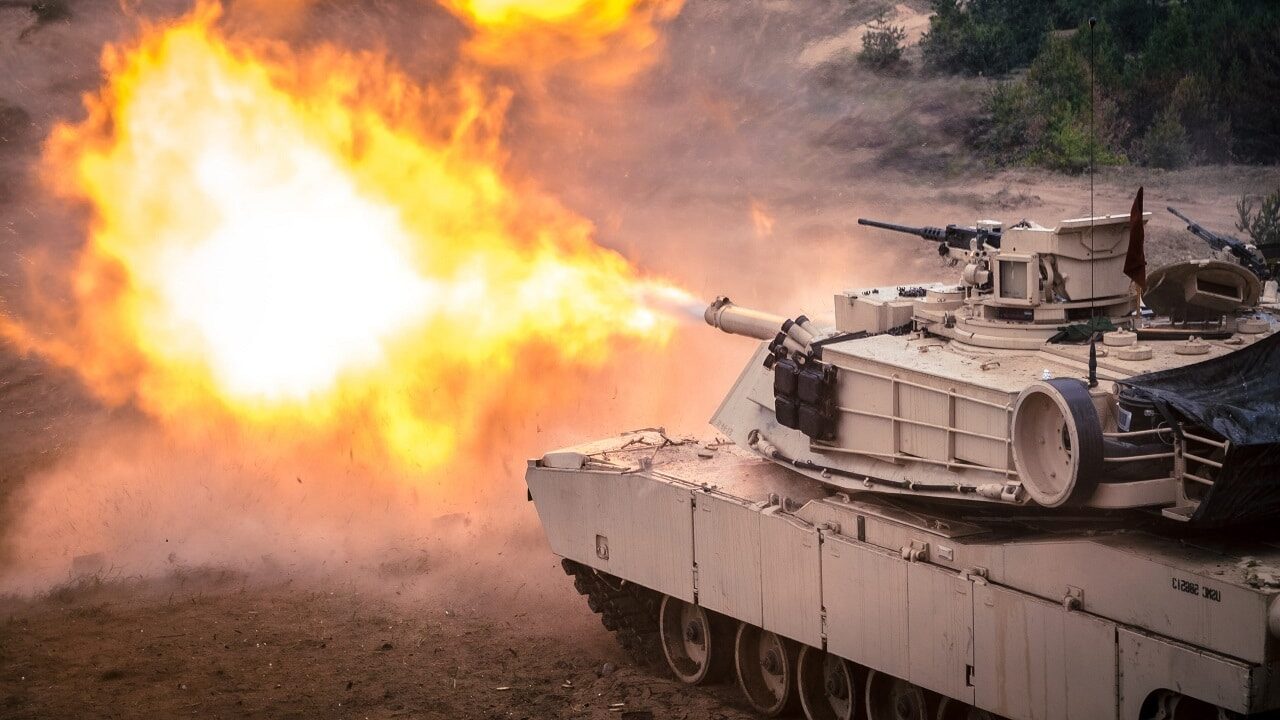Daniel Davis

As the NATO Summit opens in Vilnius, Lithuania, Secretary General Jens Stoltenberg said the alliance would issue an invitation to Ukraine to join NATO when “members agree and conditions are met.” Zelensky fired back that NATO was showing “weakness” and that its unwillingness to issue a firm commitment was “absurd.” It doesn’t take much sober analysis of what has happened on the Ukrainian battlefield over the past seven months to understand NATO’s reticence.
Last fall, the Ukrainian Armed Forces (UAF) had a series of major tactical victories. One of the most impressive came in the Kharkiv area of northern Ukraine. The UAF afflicted the Russian troops with a serious gash, recapturing a staggering six thousand square kilometers of territory in barely a month.
By November, under steady pressure from Ukrainian troops, the Russian Minister of Defense announced his troops would abandon Kherson city.
Zelensky claimed the twin victories marked “the beginning of the end of the war” for Kyiv.
The reality turned out to be different.
Russia On the March
Reeling from the failures, the Russians rushed stop-gap measures initially to stem the tide.
Putin ordered 300,000 troops mobilized. The Russian command rushed many of those mobilized troops directly into action to stop Ukraine’s forward progress in Kharkiv. Russian forces also blew up four bridges over the Dnieper River after their withdrawal from Kherson City to prevent any further UAF advances in the south. Those actions brought the Ukrainian offensives to a halt and solidified the frontlines.
Beginning in December, Russia began increasing the offensive operations in several sections of the front to pressure Ukraine to prevent forces from focusing all their efforts on continuing the offensives. Most pointedly, Russia employed the Wagner Group in the center of the zone by having them focus on capturing the twin cities of Soledar and Bakhmut. By January 2023, Wagner captured Soledar, and on May 20, after nine total months of effort, captured Bakhmut.
While Ukraine’s efforts were focused on retaining first Soledar and then Bakhmut, Russia was feverishly working to build extensive defensive fortifications throughout the 1,000km frontlines, focused especially in the Azov direction, with up to five defensive belts. This time, to prepare defenses in conjunction with Ukrainian efforts to defend Bakhmut at all costs, proved decisive for Russia.
When Ukraine finally launched its long-promised offensive in early June, its troops were weakened from what they would have been owing to the considerable losses spent trying to defend Bakhmut. Concurrently, the Russian defenses were much stronger owing to the extra time they had to construct the fortifications. The combination has proven lethal to Ukraine’s efforts.
Ukraine Defensive
Despite their best efforts, Ukraine lost Soledar in January, lost Bakhmut in May, and their June offensive has, up to this point, been a disastrous failure. The offensive opened with the premier brigades trained by NATO and equipped with the best NATO gear, the 47th and 33rd Mechanized Brigades. They were supposed to penetrate the Russian security zone and open the way for exploitation forces to penetrate additional Russian defensive belts on the way to capture Tokmak and then Melitipol. Instead, those brigades had their teeth broken and to date have still not reached the first main defensive belt.
In summary, in 17 months of war, the Ukrainian Armed Forces have had two major tactical successes, but have suffered two major defensive defeats this year and are in danger of utterly failing in their current offensive. What NATO military leaders understand more than most – and is no doubt weighing on their reticence to issue an actionable invitation to Ukraine – is that it will likely take at best another nine to 12 months for the UAF to rebuild a new offensive force, and that will require another massive contribution of thousands of new armored vehicles from the West.
It is unclear at this point whether Ukraine can muster hundreds of thousands of additional troops or that the West can produce that many armored vehicles – or that doing so would change the war’s outcome.
The Path to NATO
It is understandable that Zelensky passionately desires to join NATO. But the alliance is composed of 31 current members and their individual and collective needs must be considered in equal amounts to the desires of the Ukrainian president. The harsh truth is that there is no viable path to a military victory for Ukraine, now or in the foreseeable future, regardless of how many planes, tanks, and missiles the West may contribute.
Issuing Ukraine an invitation to join NATO would not cause Putin to end his war, but would instead put the security of the entire alliance at greater risk. The Biden Administration has made it clear from the outset that it does not intend to ever fight Russia on behalf of Ukraine, now or in the future. That is the right course. The U.S. is not threatened, at all, by Russia’s conventional military, and thus extending Article 5 obligations is wholly unnecessary to either our security or the 30 other current NATO members. The Alliance is about collective security, not about putting everyone’s security at risk for the sake of one non-allied nation.
The West can continue to support Ukraine in its struggle, but we don’t do Kyiv any favors by refusing to acknowledge the truth that no NATO membership is coming. That is an unsatisfying answer to Ukraine and all who support them, but refusal to acknowledge that truth doesn’t change it. Regardless of what some in Kyiv might think, we must be honest about what we are and are not going to do. Pretending otherwise only prolongs the horrible cost being suffered by the Ukrainian people.
A 1945 Contributing Editor, Daniel L. Davis is a Senior Fellow for Defense Priorities and a former Lt. Col. in the U.S. Army who deployed into combat zones four times. He is the author of “The Eleventh Hour in 2020 America.” Follow him @DanielLDavis.
No comments:
Post a Comment